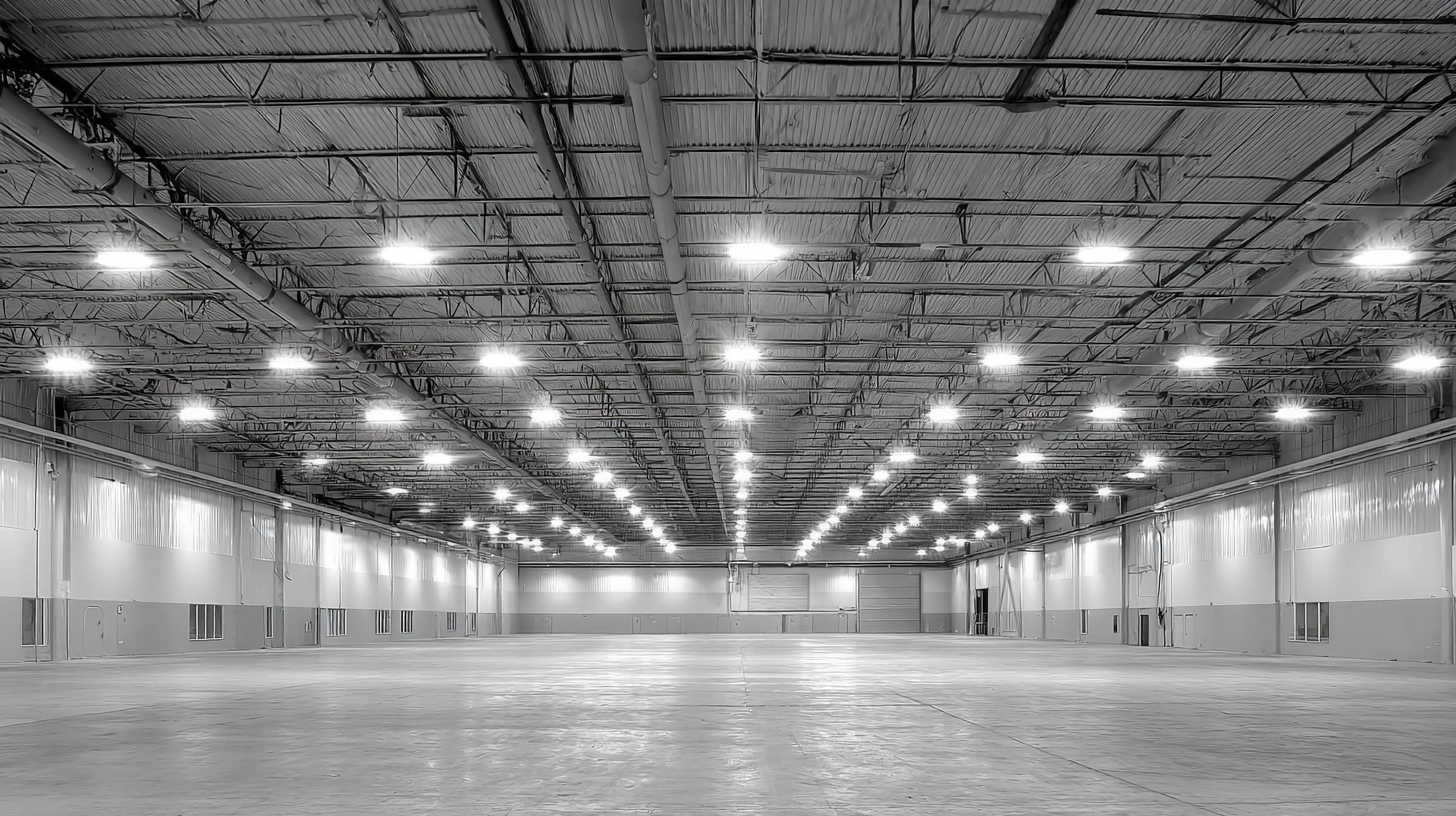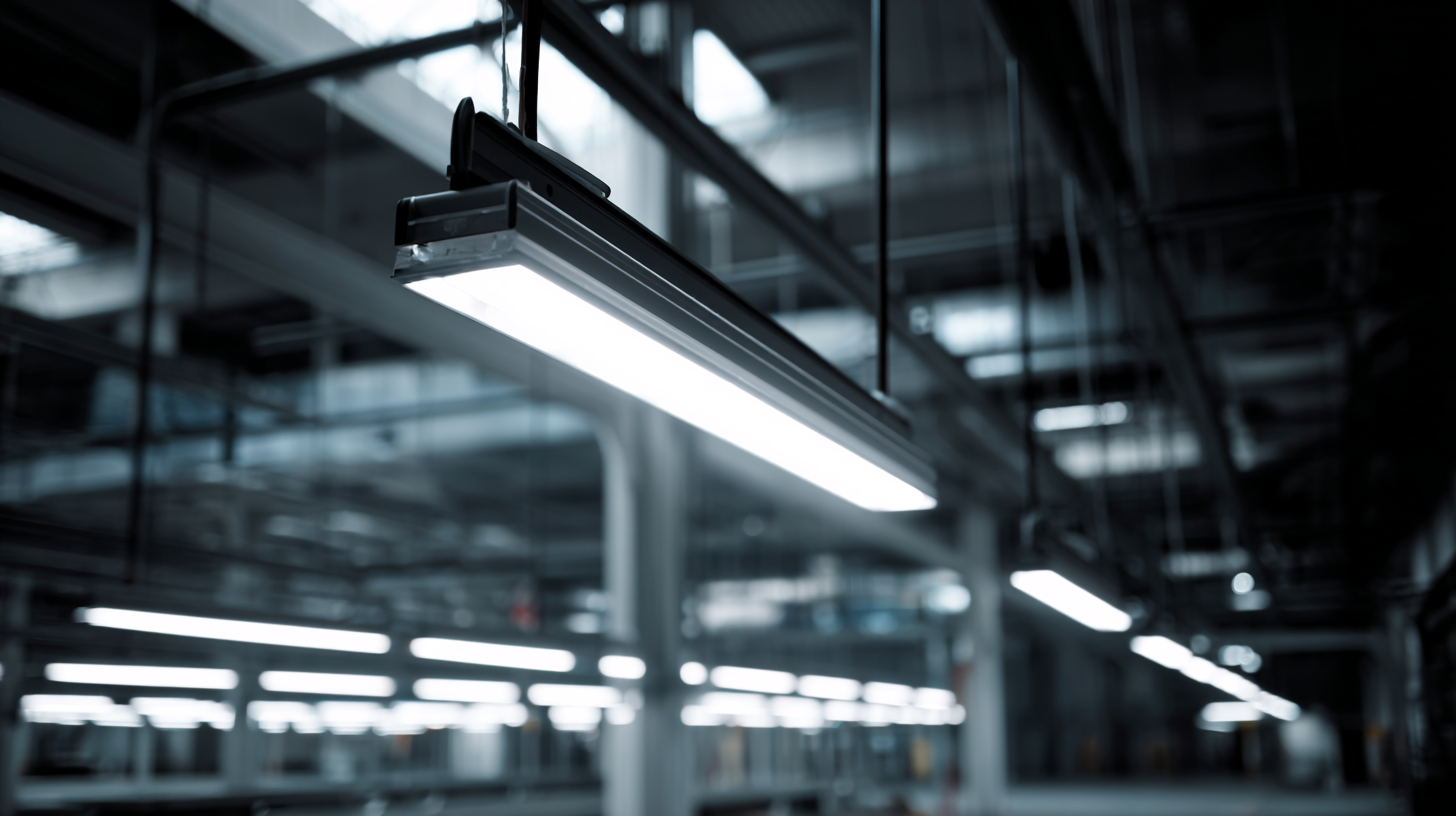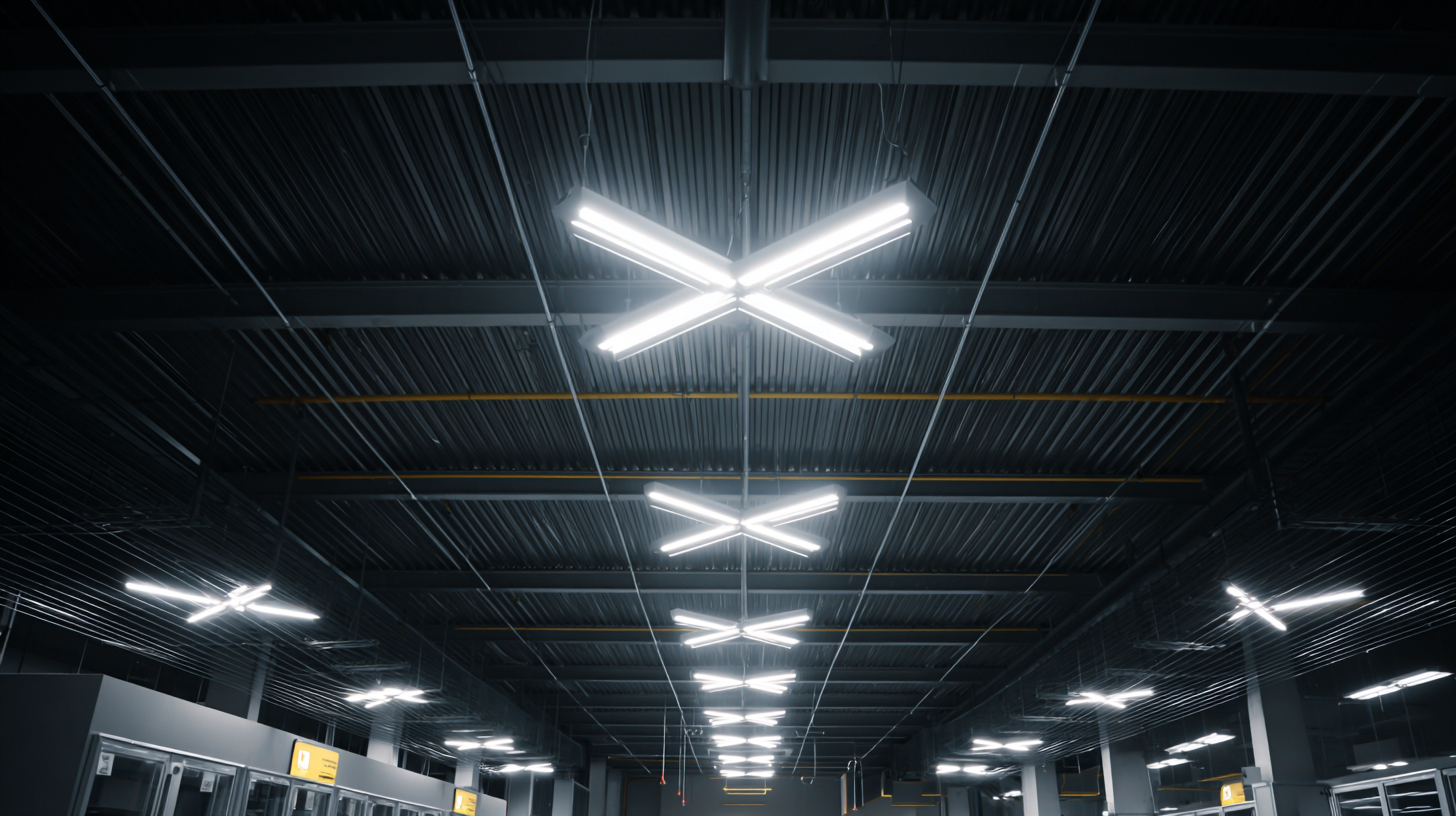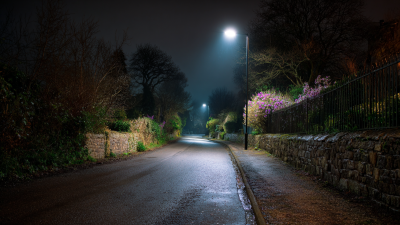How to Choose the Right LED High Bay Fixtures for Your Commercial Space
In today's fast-evolving commercial lighting landscape, selecting the appropriate LED high bay fixtures is essential for achieving optimal energy efficiency and enhancing productivity in large spaces such as warehouses, workshops, and retail environments. According to a report by the U.S. Department of Energy, LED fixtures can reduce energy consumption by up to 75% compared to traditional lighting solutions, translating to significant cost savings over time. Furthermore, the shift towards LED technology is driven by its longer lifespan and reduced maintenance needs, with some products lasting up to 50,000 hours. As businesses increasingly prioritize sustainability and operational efficiency, understanding the critical factors in choosing the right LED high bay fixtures has never been more crucial. This guide aims to equip facility managers and decision-makers with the knowledge needed to make informed lighting choices that align with their commercial goals.

Understanding the Importance of Lumens: How Bright Should Your High Bay Fixtures Be?
When selecting the right LED high bay fixtures for your commercial space, understanding lumens—the measurement of light output—is crucial. The brightness of the fixtures you choose will significantly impact the functionality of your environment. For example, spaces like warehouses or manufacturing facilities typically require illumination levels between 100 to 200 lumens per square foot to ensure safety and productivity. In contrast, areas with less activity might only need around 50 lumens per square foot. Therefore, assessing your specific lighting needs based on the activities conducted in the space is essential.
Recent developments in lighting technologies have shown that brighter LEDs, while energy-efficient, can introduce unintended consequences. Research indicates that the blue light emitted by high-intensity LEDs can affect human circadian rhythms and wildlife behavior, particularly in natural settings. As urban areas transition to these brighter fixtures, the necessity of considering lumens versus environmental and psychological effects becomes increasingly important. Therefore, when choosing LED high bay fixtures, prioritize both the intensity of light and its overall impact on the surrounding environment.

Evaluating Color Temperature: Finding the Right Hue for Your Commercial Environment
Choosing the right color temperature for LED high bay fixtures is crucial in creating an effective commercial space. Color temperature, measured in Kelvin (K), influences the ambiance and functionality of an area. Cooler temperatures, ranging from 5000K to 6500K, emit a white-blue hue that is ideal for environments requiring high concentration, such as warehouses and manufacturing plants. In contrast, warmer temperatures around 3000K to 4000K cast a more inviting light suitable for retail or hospitality settings.
**Tips:** When selecting fixtures, consider the nature of the tasks performed in the space. For instance, in a grocery store, a warmer light can enhance the appearance of fresh produce and create a welcoming atmosphere. Conversely, for a gym or workshop where precision is needed, opt for cooler temperatures to ensure adequate visibility and reduce eye strain.
Another important factor is the emotional response to different hues. Warmer lights evoke comfort and relaxation, making them perfect for restaurants and lounges. Colder lights can stimulate alertness and productivity, which is why they are often recommended for offices and creative studios. Balancing color temperature with functionality will ensure that your commercial space meets both aesthetic and practical needs.
Color Temperature Impact on Commercial Environments
This bar chart illustrates the preferred color temperature for LED high bay fixtures in various commercial settings. The data reflects the most suitable Kelvin ratings for optimal lighting quality based on the type of environment.
Energy Efficiency Insights: Comparing LED Fixtures with Traditional Lighting Options
When it comes to illuminating commercial spaces, energy efficiency is a crucial factor that cannot be overlooked. LED high bay fixtures have emerged as a superior lighting solution compared to traditional lighting options such as fluorescents and metal halides. These modern LED systems consume significantly less energy, often reducing electricity costs by up to 50% or more. This reduction not only benefits the environment through decreased energy consumption but also translates to substantial savings for businesses in the long run.

Moreover, LED fixtures boast a longer lifespan than their traditional counterparts. While standard bulbs may need frequent replacements, LEDs can last up to 50,000 hours or more, thus minimizing maintenance costs and disruptions. The enhanced durability means that businesses can focus on their operations without the constant worry of lighting failures.
Additionally, the improved quality of light offered by LEDs contributes to better visibility and safety in commercial environments, creating a more productive workspace. Choosing energy-efficient LED high bay fixtures, therefore, not only makes fiscal sense but also enhances the overall quality of the commercial space.
Fixture Height and Spacing Calculations: Maximizing Light Distribution Effectively
When choosing LED high bay fixtures for commercial spaces, understanding fixture height and spacing calculations is essential to maximize light distribution effectively. Properly configured lighting not only enhances visibility but also significantly improves the spatial efficiency of a building. Research indicates that the optimal mounting height for high bay fixtures typically ranges from 15 to 25 feet, depending on room height and application. According to industry studies, utilizing this height can lead to improved illumination uniformity with less light loss, achieving up to 40% higher efficiency compared to traditional lighting systems.
Moreover, the spacing between fixtures is crucial in achieving effective light distribution. A well-planned layout should ideally consider a spacing ratio of 1.5:1 to 2:1 relative to the mounting height. For instance, if your fixtures are mounted at 20 feet, the center-to-center spacing should be between 15 to 20 feet apart. This strategic approach minimizes dark spots and ensures even lighting, which is vital for enhancing the well-being, satisfaction, and performance of occupants. Implementing these calculations can create a more conducive work environment while also optimizing energy use in commercial settings.
Choosing the Right Wattage: Balancing Performance and Energy Savings in High Bay Lighting
When selecting LED high bay fixtures for commercial spaces, one of the most critical factors to consider is wattage, as it directly impacts both performance and energy savings. The right wattage will ensure that the area is adequately illuminated while keeping energy consumption in check. For example, areas with high ceilings and demanding lighting needs, such as warehouses or manufacturing facilities, may require higher wattage fixtures to achieve optimal brightness. Conversely, retail spaces or gymnasiums might find that lower wattage options can still provide sufficient light without excessive energy costs.
Balancing performance and energy efficiency requires understanding both the layout of the space and the specific activities that will occur within it. Calculating the necessary lumen output based on ceiling height, fixture spacing, and surface reflectance is essential for achieving the desired lighting levels. LED technology offers a range of wattages, allowing businesses to tailor their lighting solutions to meet both their operational needs and sustainability goals. By choosing fixtures with the appropriate wattage, companies can enjoy not only enhanced visibility but also significant savings on their energy bills over time.
How to Choose the Right LED High Bay Fixtures for Your Commercial Space
| Wattage | Lumen Output | Ideal Height (Feet) | Typical Applications | Energy Savings (Compared to HID) |
|---|---|---|---|---|
| 100W | 13,000 lm | 10-12 | Retail Spaces | Up to 60% |
| 150W | 18,000 lm | 12-14 | Warehouses | Up to 65% |
| 200W | 26,000 lm | 14-16 | Manufacturing Plants | Up to 70% |
| 240W | 32,000 lm | 16-18 | Large Retail Stores | Up to 75% |
| 300W | 39,000 lm | 18-20 | Gymnasiums | Up to 80% |
Related Posts
-

Exploring the Advantages of LED High Bay Lights for Optimal Industrial Lighting Solutions
-

5 Reasons Why Solar LED Lights Are the Smart Choice for Your Home
-

How to Choose the Best LED Spotlights for Your Home Lighting Needs
-

Top Strategies for Maximizing Efficiency with LED Spotlights in Your Procurement Process
-

7 Best Street Lights to Illuminate Your Path in 2024
-

5 Best Solar Lights You Must Know for Sustainable Outdoor Solutions
